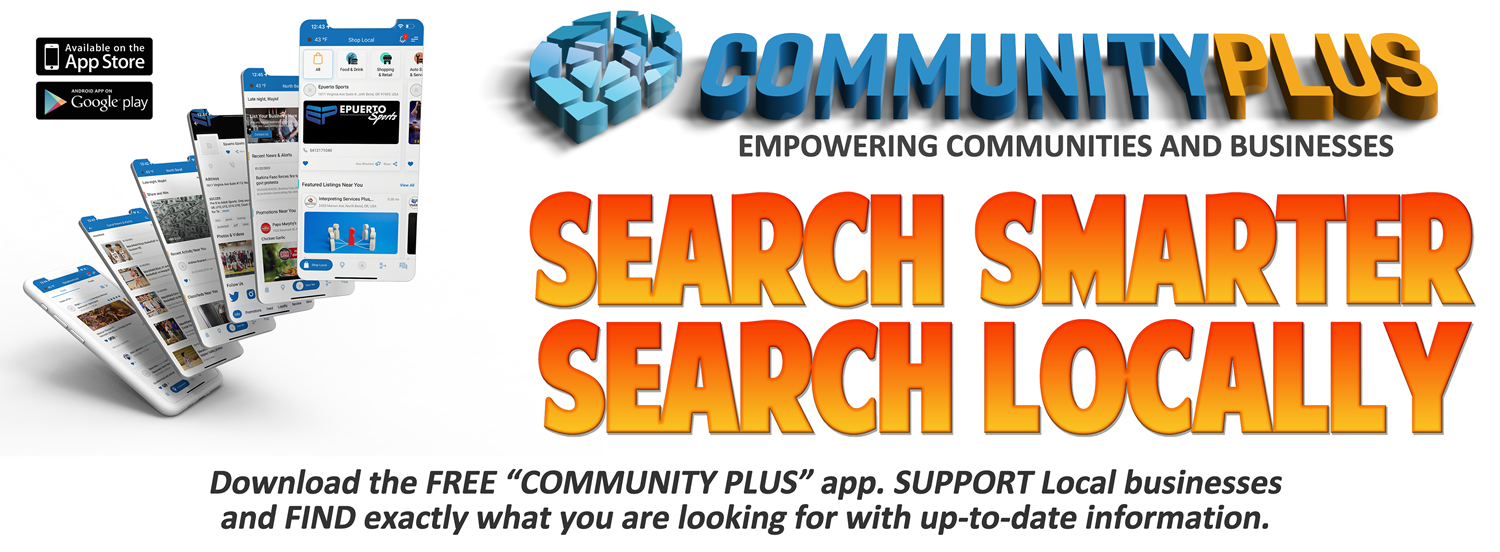Although it seems like common sense, having a rock-solid resume is critical to landing your next job. Crafting an exceptional resume these days has the added challenge of attracting not only hiring managers but the software bots doing their upfront work.
Everybody has a tip or two, and most are good when combined with wording that will make its way past the software screens. Tips like confidence and how to answer questions you don’t know the answer to are good examples, but sometimes you need more information than simple pointers. Some say that it can be beneficial to polish your resume with professional help to attain that extra edge, but with this list, you shouldn’t need to.
These resume tips were written to showcase your unique talents and skills and, when utilized correctly, should result in a click from both the hiring manager and stonewalling software bot.
Before you start work on writing or updating your resume, review resume examples that fit a variety of employment situations. Then select a style and format that best highlights your strengths and achievements.
Several basic types of resumes are best for job openings. Depending on your personal and professional circumstances, choose a chronological, functional, combination, or targeted resume. Decide on one that best fits your work experience, educational background, and skill set. Take the time to customize your resume; it is well worth the effort as it won’t seem copied.
When formatting your resume, use a basic font that is easy to read, both for hiring managers and for applicant management systems. Google also favors the simple over the complex. Many fonts make your resume clear and easy to read while retaining your individual style.
Adding numbers to your resume shows employers in black-and-white fashion what you have accomplished at work. Not all of your achievements are quantifiable, but adding those that are can serve as powerful negotiation tools when the topic of salary arises.
Include all your contact information so that employers can easily get in touch with you. Give your full name, street address, city, state, zip code, phone number, and email address. If you have a LinkedIn profile or professional website, include those links as well. Under some circumstances, you might want not want to include your entire mailing address, but it is generally good practice to do so.
Consider using a resume profile or summary, with or without a headline, if you want to include an objective on your resume. Remember to tailor your profile to match your the job you want. The more specific you are, the better the chance of being considered for the job.
Prioritize the content of your resume so that your most important and relevant experiences are listed first. Describe key accomplishments at the top of each position and quantify them if possible.
Your resume should include the same keywords that appear in job descriptions. That way, you increase the chances of your resume matching available positions and of being selected for an interview. Include keywords in your cover letter also, because that correspondence will be screened, too. Keywords change with the times, so stay up to date within your industry.
Writing a custom resume for each job takes more effort, but the effort can pay off handsomely, especially when applying for jobs that are a perfect match for your qualifications and experience. The extra time spent is often paid back in the form of interviews.


